
This lesson includes slides to present a lesson on email ettiquette for students.
- Subject:
- Networking and the Internet
- Material Type:
- Activity/Lab
- Author:
- Tanya Reece
- Date Added:
- 08/12/2020

This lesson includes slides to present a lesson on email ettiquette for students.
This is a quick guide for parents and educators that gives an overview about cyberbullying and its effects on children.
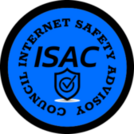
This is a quick guide to help parents and educators understand the issues with internet predators and sex traffickers.
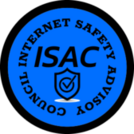
This is a quick guide for parents and educators that discusses he rules and tools for using a cellular device.
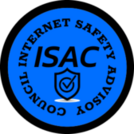
This is a quick guide for parents and educators to understand safety and prevention factors that should be used when allowing children to participate in online gaming.
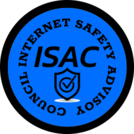
This is a quick guide for parents and educators to help inform children about sex trafficking.
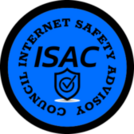
This is a quick guide for parents and educators to help understand social media and its effects on children.
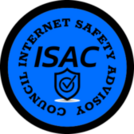
The goal of FBI-SOS is to promote cyber citizenship and help students learn about online safety while engaging in fun, interactive games. The program was designed to address current Internet safety threats while keeping each grade level's online usage and knowledge in mind. We hope that you find the program beneficial and that your students use the information to make themselves safer digital citizens.
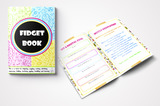
This fidget book was designed to be used in digital citizenship and internet safety lessons for elementary students. It has lesson supports, coloring pages, self-reflection guides and more.
To make the most of the Internet, kids need to be prepared to make smart decisions. Be Internet Awesome empowers kids with tools and education to confidently and safely explore, grow, and play online. Kids can play their way to being Internet Awesome with Interland, an online adventure that puts the key lessons of digital safety into hands-on practice with four challenging games.
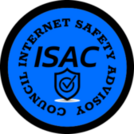
Teach and learn practical digital skills needed for the jobs of today and tomorrow with our video lessons that are free of charge.
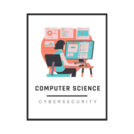
Vocabulary posters for the Cybersecurity strand for Grade 5. Words included are from the 2017 Computer Science Curriculum Framework.
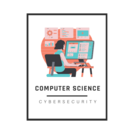
Vocabulary posters for the Cybersecurity strand for Grade 6. Words included are from the 2017 Computer Science Curriculum Framework.
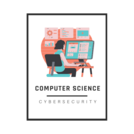
Vocabulary posters for the Cybersecurity strand for Grade 7. Words included are from the 2017 Computer Science Curriculum Framework.
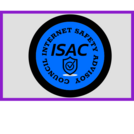
WITH MANY OF US spending a lot of time in front of computer screens and phones, on apps and Facebook, at all hours, it’s natural to wonder: Is it harming us? It could be, especially if you’re in front of a screen close to bedtime or even during the day if you’re not taking enough breaks.

The student will identify computing technologies that have changed the world and express how those technologies influence, and are influenced by, cultural practices when communicating with others. The student will identify social and ethical issues that relate to computing devices and networks.

Students will play an interactive game while learning how to be internet smart. Students will learn the fundamentals of digital literacy: sharing, kindness, security, determining what's real and what's fake, and reporting. This game comes with a full curriculum guide: https://storage.googleapis.com/gweb-interland.appspot.com/en-us/hub/pdfs/Google_BeInternetAwesome_DigitalCitizenshipSafety_2019Curriculum.pdf
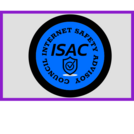
Teaching digital citizenship has never been more important. Prepare students to stay safe, solve problems and become a force for good.
Teaching digital well-being doesn’t mean providing students with a list of “don’ts.” It’s about the do’s – modeling and practicing skills that help young people become thoughtful, empathetic digital citizens who know how to use technology to learn and solve problems in their digital and physical communities.
The digital citizenship competencies, developed by the ISTE-led DigCit Coalition in conjunction with coalition partners, shift the conversation from don’ts to do’s.
A quick guide for parents and educators about the issues with internet pornography and its harm to children.

This is a basic lesson plan to introduce inernet safety. There are links for worksheets, an activity and a video.